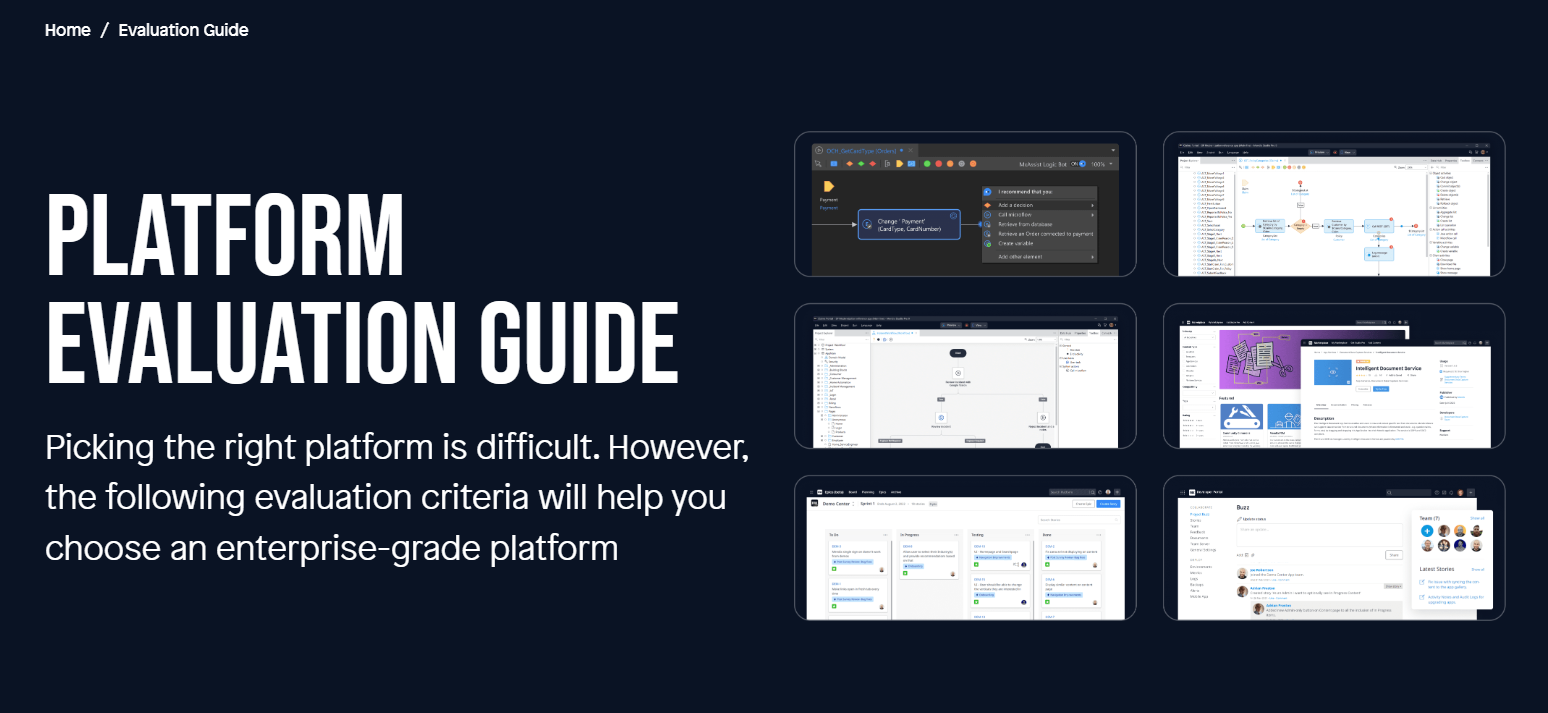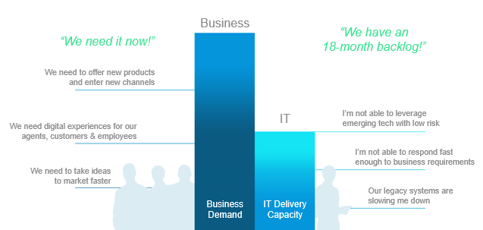Advancing Digital Transformation in Banking: The Kinetech Difference
In 1995, Gartner introduced what they call the “Technology Hype Cycle.” The concept is that new technologies and their purported benefits get dramatically ahead of the practical benefits, leading to a peak of inflated expectations, followed by a trough, and then a gentle leveling where actual benefits are recognized.
Today Gartner publishes and tracks hype cycles for a handful of emerging technologies, and machine learning / artificial intelligence is no different.
In my estimation, the artificial intelligence hype cycle is kicking into high gear on its way to the ‘Peak of Inflated Expectations.’’ The technology trigger was the public release of ChatGPT. This is evidenced by OpenAI exploding to over one million users within five days of launching. Current data peg the number of users at 180 Million+ named accounts with over 1.5 billion visitors to OpenAI in a given month (and growing).
Visualization of the Technology Hype Cycle - Gartner / Wikipedia
Undoubtedly there are a myriad of useful AI use-cases (Tesla autopilot has driven approximately 3 billion miles to date) but it is important that you do not miss the forest through the trees. Simultaneously a lesser-known technology is settling into the ‘Slope of Enlightenment” and it is still the best-kept secret in Enterprise Software.
Mendix Low-code: The Best Kept Secret in Enterprise Software
Gartner just released their latest Magic Quadrant, and Mendix was recognized as the undisputed leader as judged by Completeness of Vision and Ability to Execute.
Magic Quadrant for Low-Code Application Platforms since 2019 - Mendix Highlighted in Red.
The kicker is Mendix has been in this general vicinity since BEFORE 2019 and still nine out of 10 executives I speak with have never heard of it.
So what exactly is Low-code?
Low-code is what it sounds like, software that has fewer 0s, 1s, and computer syntax. In fact, low-code is simply the logical next step in software making it more accessible to critical thinkers by abstracting away the complexity (that is typically required in the instructions we give to the machines we program).
Put differently, if a picture is worth a thousand words, low-code is worth thousands of lines of code; it is the secret weapon behind the scenes of digital transformation, unleashing efficiency and innovation for financial institutions.
In the era of digital transformation (AI included) data, efficiency, and automation are king.
Technology innovation is reshaping the financial landscape. This wave is led by an early majority of organizations that know the best practice is to keep their core clean / vanilla and make customizations leveraging APIs. This two-pronged approach unlocks potential for organizations in a variety of ways:
- Cost-Efficiency: Maintaining a 'vanilla' core minimizes the need for extensive customization, reducing development costs and efforts associated with managing complex, heavily customized systems. When combined with low-code development your organization gets the best of both worlds, customization (with low-code) and stability (core managed by provider).
- Agility / Flexibility: Composable architecture allows for swift adaptation to changing business needs. By keeping the core software unchanged, you can quickly build and integrate custom functionalities using low-code tools. This agility enables faster response to market demands and changing requirements.
- Risk Mitigation: By decoupling customizations from the core software, the risk of impacting the stability and performance of the core system is reduced. Customizations to the core can be difficult to maintain and make upgrades cumbersome and expensive. When using APIs, if a customization fails or needs modification, it can be adjusted without affecting the entire software infrastructure.
- Scalability and Interoperability: Composable architectures are inherently modular, like Legos / building blocks, allowing for easier integration of third-party services, APIs, and new technologies. This facilitates scalability as businesses grow or pivot, as well as seamless interoperability with existing systems.
- Reduced Time-to-Market: Low-code platforms enable rapid development and deployment of custom features or modules without extensive coding. This accelerates (reduces) the time it takes to bring new functionalities to users, improving overall time-to-market for your software solutions.
Buyer Beware - All Low-code is NOT Created Equal
Mendix’s cloud-native platform allows centralized IT operations to have the security, monitoring, and governance required with enterprise-grade applications WHILE giving unprecedented speed and scale. This approach is transforming the way banks operate.
Not all Low-Code is created equal. If you have significant investments in existing ecosystems such as Salesforce, Microsoft, or ServiceNow, their low-code offerings are worth consideration. For the enterprise-grade applications we design, build, and support only the General Purpose and Ecosystem solutions are realistic candidates for consideration.
Kinetech has taken the most recent Magic Quadrant and segmented the 16 vendors into four buckets: General Purpose, Ecosystem, BPMs, and No-code. Contact us if you would like to discuss where these vendors fall or if you have additional questions.
There are a variety of factors to consider when selecting a low-code platform. Checkout this free Platform Evaluation Guide from Mendix, a Leader according to Gartner's most recent publication from August of 2023.
Transforming Banking Through Low-Code Innovation
In recent years, the financial industry has undergone a seismic transformation, prompted by shifting customer expectations, technological advancements, and evolving regulatory demands. The only constant in business is change, and ever-evolving technologies are only accelerating that trend.
Regional banks are rapidly adapting to this ever-changing landscape. Many banks are actively seeking innovative solutions to streamline operations, enhance customer experiences, and maintain their competitive edge.
In this dynamic environment, Kinetech offers a unique approach that sets it apart. At the heart of Kinetech's transformative strategy lies the power of low-code development, with a strong reliance on our partnership and mastery of the Mendix low-code platform.
Mendix, a consistent leader in the Gartner Magic Quadrant for Enterprise Low-Code Application Platforms over the last five years, provides the foundation that banks need right now. But much like an F1 race car, Mendix is the car, and Kinetech is your Max Verstappen.
Lowering your Total Cost of Ownership (TCO) - Why Low-Code Matters
Low-code development simplifies application development by using visual interfaces (visio-like models) and pre-built templates (components, widgets, and snippets) to expedite the process. The platform was built based on the 12-factor app principles and is the only cloud-native platform offering portability, native apps, and everything in between out of the box.
For regional and community banks, this approach offers numerous advantages:
- Faster Time-to-Market: With low-code, Kinetech can rapidly develop and deploy solutions, ensuring that banks can respond swiftly to changing market dynamics and customer needs.
-
- Lower Maintenance Costs: From one integrated developer environment our team can build, deploy, and support device agnostic (smartphone, tablet, desktop) and cloud (AWS, Azure, GCP, etc) solutions with built-in monitoring, security, and governance.
-
- Cost-Efficiency: A low-code approach reduces development costs, allowing banks to allocate resources more strategically.
- Flexibility and Customization: Kinetech's low-code solutions are tailored to each bank's unique needs, ensuring that they can adapt and innovate as required.
- Cost-Efficiency: A low-code approach reduces development costs, allowing banks to allocate resources more strategically.
-
- Streamlined Workflows: Banks can streamline their internal processes, improving efficiency and reducing operational costs.
-
- Compounding Intellectual Property: The foundational components (page styles, branding, integrations, etc) can be leveraged into perpetuity by your organization, so each new build can accelerate future builds via reusable components.
The Low-Code Difference for Banks
Banking solutions are often disjointed, managed via shadow IT, or dependent on risky Excel spreadsheets. In the realm of automation and core system management regional and community banks often grapple with outdated systems, inflexible workflows, and the challenges of integrating various third-party solutions.
At Jack Henry Connect, we spoke with a lot of banking technologists about their attempts to leverage UIPath (for back-office automation), alongside other tools like Blue Prism and Automation Anywhere for their workflow automation.
However, when it comes to a comprehensive low-code solution, Mendix leads the way. Mendix offers a broader spectrum of capabilities, encompassing digital experiences, business process automation, and core system modernization. Kinetech's expertise in Mendix positions it as a leader in addressing a wider range of banking challenges.
Banks and Credit Unions frequently grapple with the limitations of their core systems, such as Symitar and SilverLake. The functionalities these core systems provide are essential as the system of record (i.e. central data repositories), but a low-code layer is needed to handle the changing needs of the bank. Using low-code Kinetech will assist you in building upon these powerful systems while eliminating the reliance on additional 3rd party point solutions that solve one-off issues.
Kinetech's strength lies in its ability to unlock the potential beyond the core - think of it as the connective tissue that makes the whole greater than the sum of its parts; a way to bring systems together but also fill the gaps in your current technology stack.
Looking back at Jack Henry Connect 2023
Whether it is Symitar, SilverLake, or any other core systems, Kinetech focuses on providing solutions to address specific banking needs, not as a replacement but as an extension to your core systems. It is about identifying where the gaps exist and offering a customized solution that keeps your banking institution on the leading edge of innovation and customer experience. Kinetech's low-code approach gives banks the ability to get a tailored solution, at the same cost or less than other solutions, in less time.
Kinetech - Your Partner in Banking Technology Transformation
When technology is equal, community and regional banks have the advantage. Our low-code, Mendix-powered composable solutions are the key to streamlining processes, improving efficiency, and delivering the flexibility that regional and community banks require.
Join us and experience the Kinetech difference, you can learn more by heading to https://www.kinetechcloud.com/banking or set up a conversation today through our Contact Us page.


.png)


